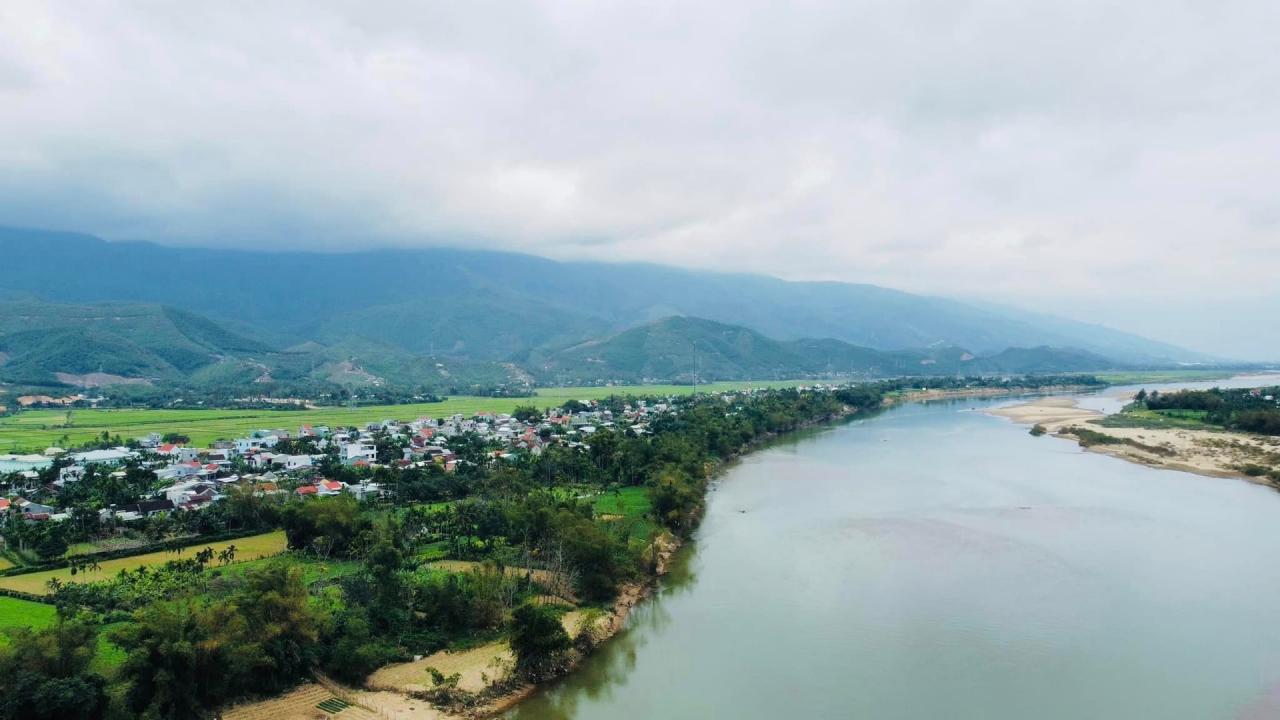
Riverside Market
The stories my grandmother told me when she was still alive, now seem to be stuck somewhere in the dimness of my brain. From my grandmother's house in Phiem Ai village, a curved arc was drawn out to the beach. Covered with sand, she planted colorful chili peppers, medicine, watermelons and even flowers to feed her seven children. The beach was along the Vu Gia river. After liberation, this whole area was still covered with white sand dunes.
The Vu Gia River divides into two branches, one branch goes to Giao Thuy, the other branch flows through Ai Nghia, connects with Yen River, then flows into Cam Le, and reaches Han River (Da Nang). The advantage of water and land is what cultural researchers believe determines the agile character and ability to adapt to the times of the people in this region.
The story of Mr. Tran Dinh in Ha Song - where the Con River flows into nine branches in the song "Who returns to the Con River / Asking if Tu Dinh is still there?" is passed down in folklore and history books, and is often mentioned by the elderly. It is an example of the people of the land worrying about the fate of the country.
My aunt used to make hundreds of trips upstream to bring products to Ai Nghia to sell wholesale. Ha Nha, Ben Dau, Phu Thuan, Ai Nghia, Phuong Dong… there was no market she did not stop at to buy and resell. Bored with agricultural products, she returned to Hoi Khach wharf at the headwaters of Vu Gia to trade wood. After liberation and later the separation of the province, many wharfs were invested with more ferries and bridges. The ferry anchored became a story for those who had spent their lives on the ferry to tell.
Ferry terminals in this Vietnamese land, not only in Dai Loc area, are often associated with riverside market terminals. Strangely enough in my hometown, there are both long-distance and cross-distance ferries. So along the long stretch of waterway, not counting the bustling large terminals (terminals where after each trip, sometimes several months later, she would return to tell stories of fighting in the streets), there are countless terminals for farmers like my grandmother to get on and off.
Keep a routine
The Vu Gia alluvium nourishes people to preserve hundreds of genealogies, because Phiem Ai village was first mentioned in the book “O Chau Can Luc” written by Doctor Duong Van An in 1553. To my grandmother’s generation, to my generation, it is far from that milestone until the 20th century. The village still exists, the village name is still kept. Only the riverbanks have moved along with the eroding water.
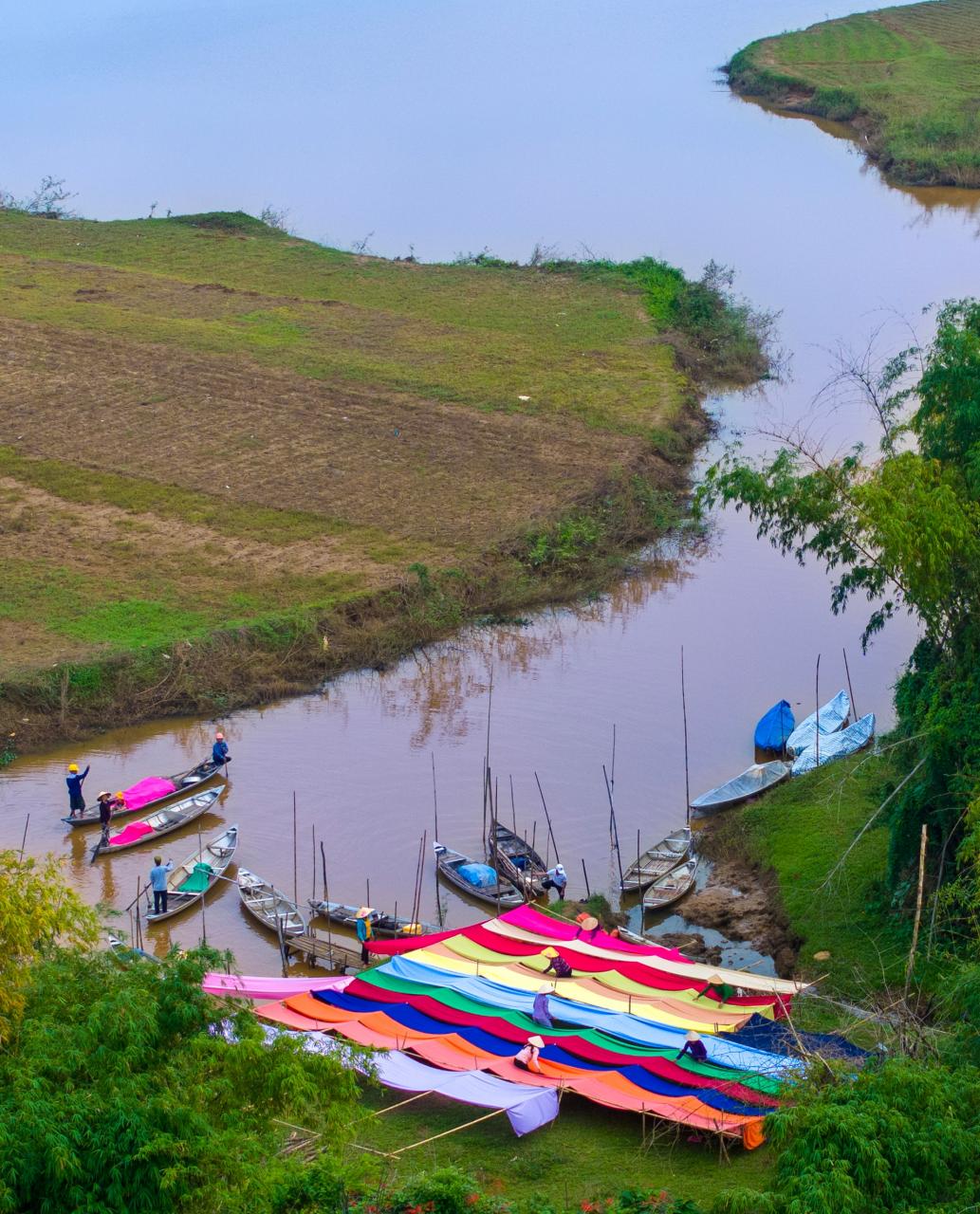
Like the river wharf in Nghia Nam hamlet a few decades ago. When my mother first got married, the wharf was a few dozen steps from the house.
According to custom, on the twenty-seventh or eighth day of the lunar new year, my mother often cooked and prepared an offering tray for my father-in-law to bring to the river wharf. She wished for peace with the tide and a plentiful harvest along the river. During that famine, what my mother remembered the most was not the chicken or sticky rice on the offering tray, but the bunch of chrysanthemums left at the wharf. My mother said it was a pity, but she could not bring the flowers back. Many people went to the river to make offerings, and the fragrant incense filled the whole hometown wharf.
About ten years later, the riverbank eroded violently, and the foundation of that house was now probably in the middle of the river. The whole village moved further inland.
Forty years ago, that was the wharf to carry water to the fields to water vegetables, to carry water home to eat and drink, and a place for the whole village to bathe and wash clothes. The wharf has collapsed, and during the famine, the villagers stopped worshiping the wharf, only keeping the custom of worshiping the land. The remains of the old wharf are now a canoe wharf at the widest part of the river embankment. There is rarely laughter or people going up and down, except during the boat racing in January.
After the twenty-third of the tenth lunar month, villagers prepared the land to plant chrysanthemums. At the end of December and the beginning of January, many of the riverbanks along the outer section where my aunt worked the fields were ablaze with the red color of chrysanthemums. Flowers came in purple, white, red, and pink of all colors, but it seemed that the brilliance, in the stories my grandmother told, was usually only seen along the road down to the wharf.
Back then (and even now), mulberry trees were planted to mark the boundaries between fields. There were many big old mulberry trees that had withstood countless floods. The daisies were gathered at the mulberry trees’ roots, before being loaded into baskets and taken by bicycle or oxcart to the market. It seemed that she remembered the strong smell of moist dew, the sweet smell of the daisies outside the fields, so every year my aunt would set aside a few rows of land to plant flowers. The daisies on the way to the river when she was a girl, were now flower beds in her garden.
Half a century ago, my grandmother collected beans, sweet potatoes, vegetables, and areca nuts to go to the Tet market. On her way back, she would definitely save some money to buy a bunch of chrysanthemums to put on the altar of her parents and ancestors. Now it’s my grandfather’s turn. When Tet comes, she would definitely buy a few dozen flowers or remember to tell the neighbors to save a bunch early. “To display for the days when our grandparents stay and to make an offering to our grandparents on the third day of the lunar month” – my mother said as if to remind us to keep the family tradition…
Source: https://baoquangnam.vn/mua-ngang-ben-cu-3148316.html


![[Photo] Solemn Hung King's Death Anniversary in France](https://vstatic.vietnam.vn/vietnam/resource/IMAGE/2025/4/6/786a6458bc274de5abe24c2ea3587979)

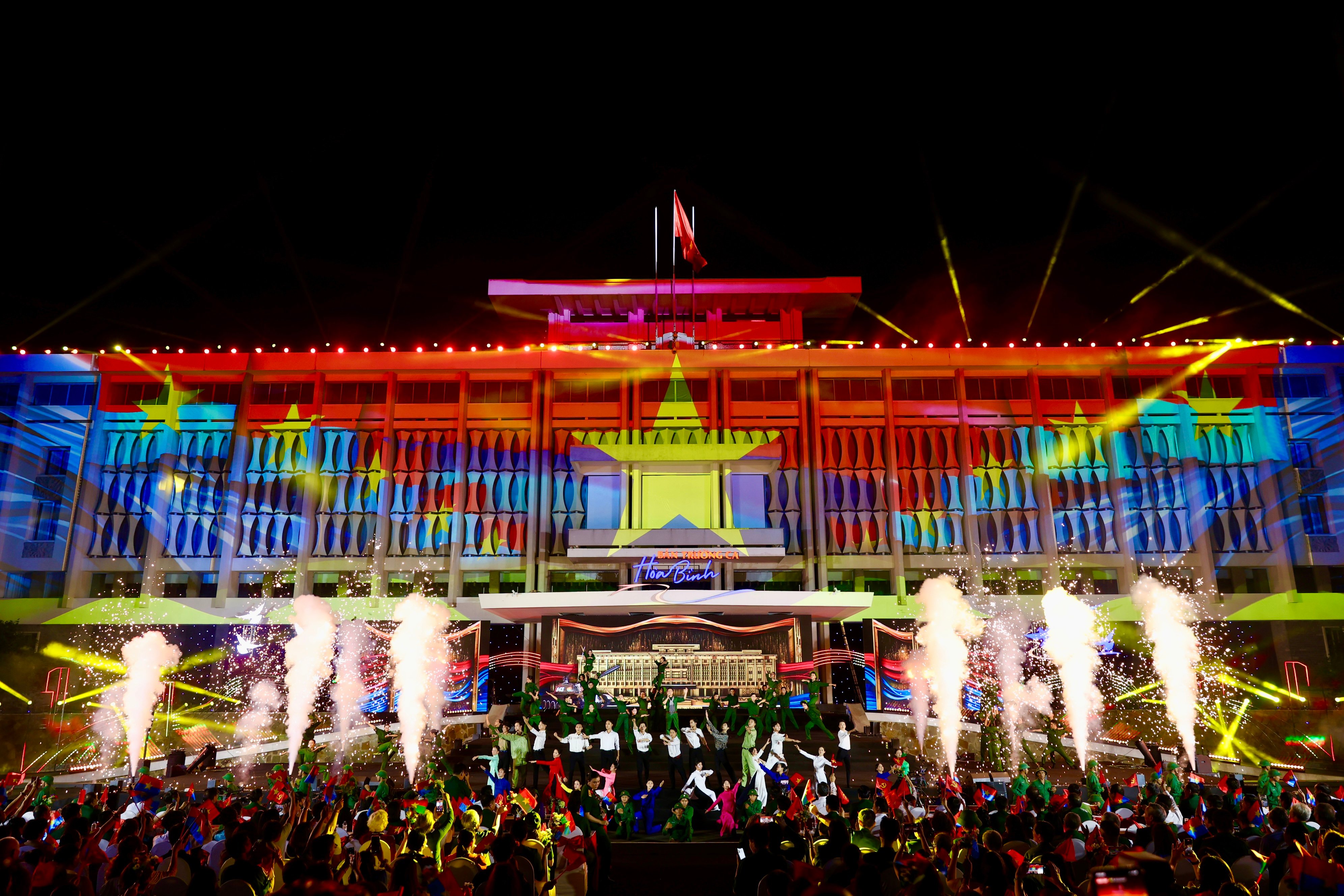
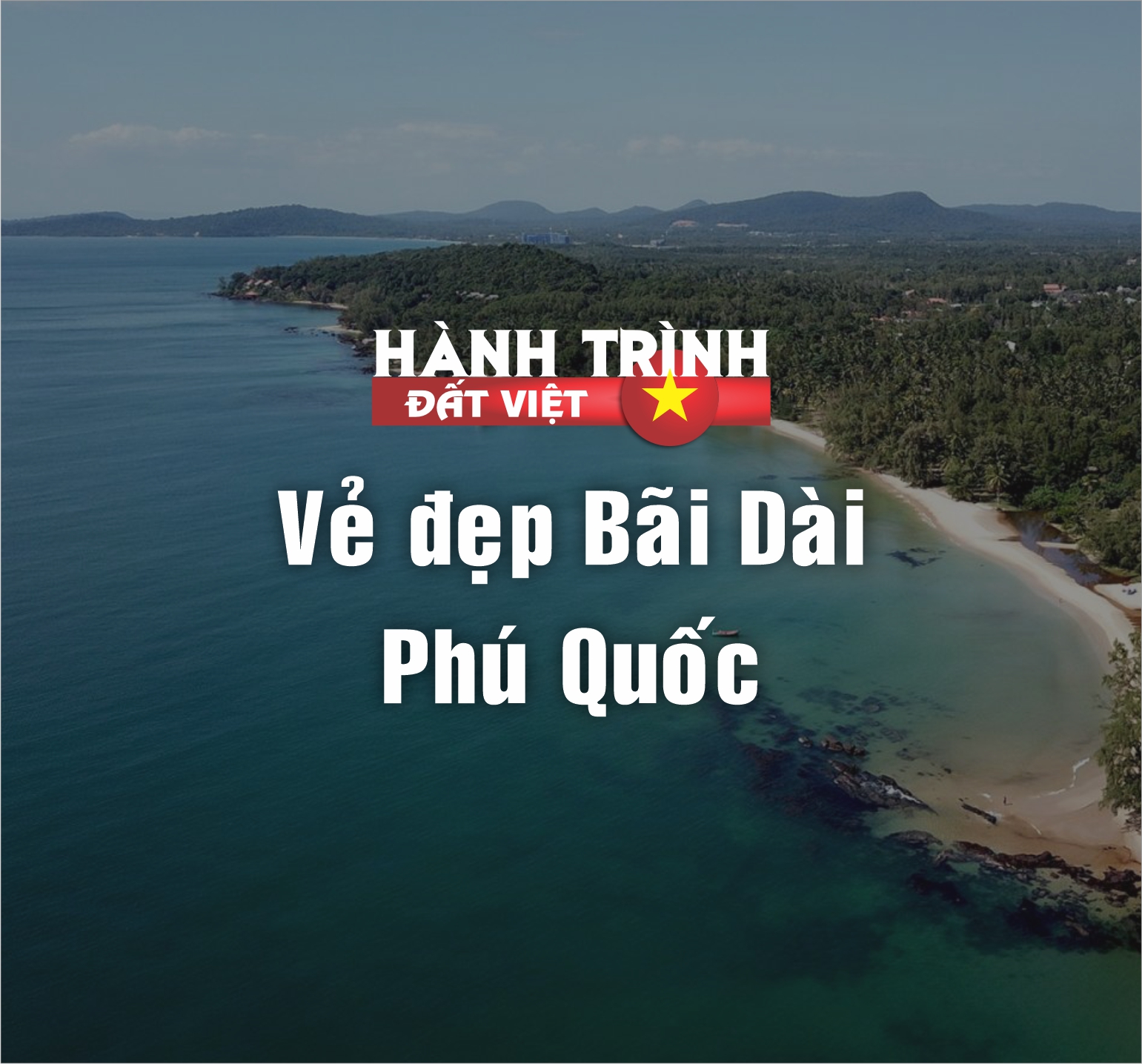
![[Photo] Vietnamese rescue team shares the loss with people in Myanmar earthquake area](https://vstatic.vietnam.vn/vietnam/resource/IMAGE/2025/4/6/ae4b9ffa12e14861b77db38293ba1c1d)

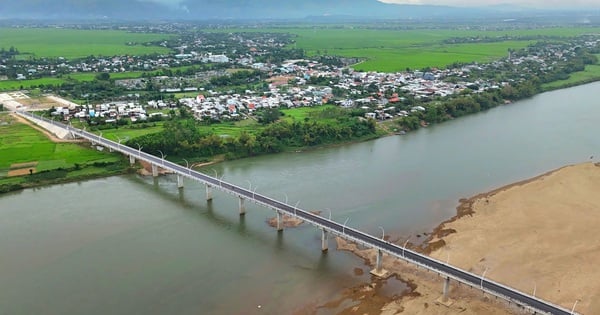

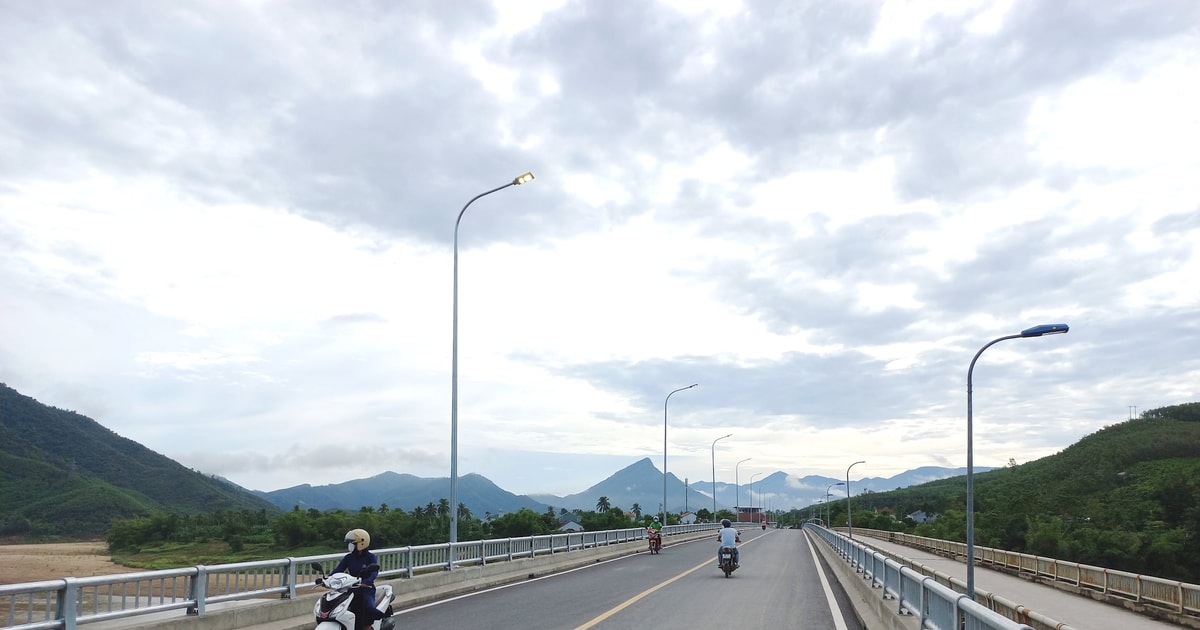


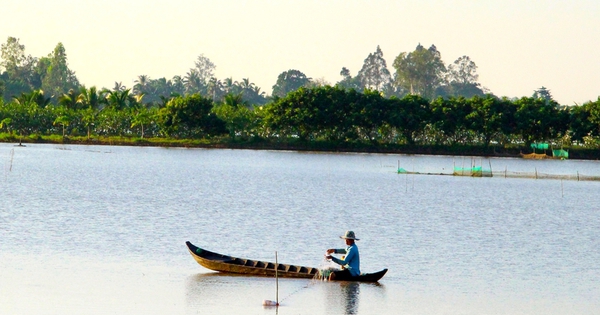

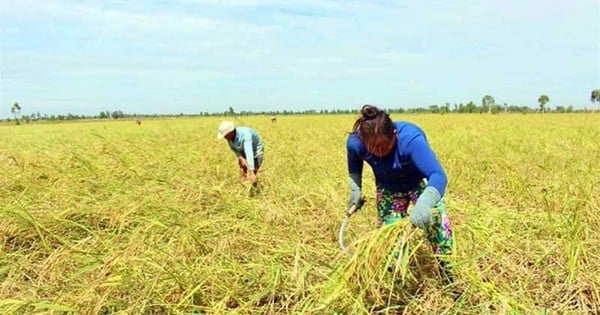
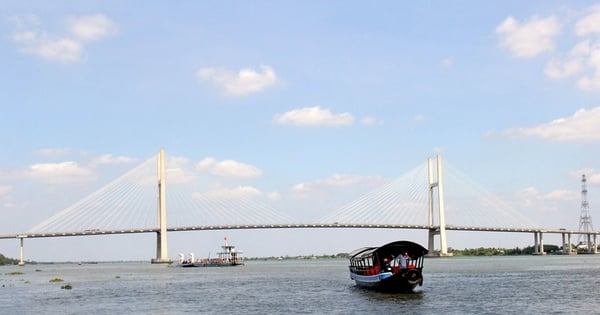


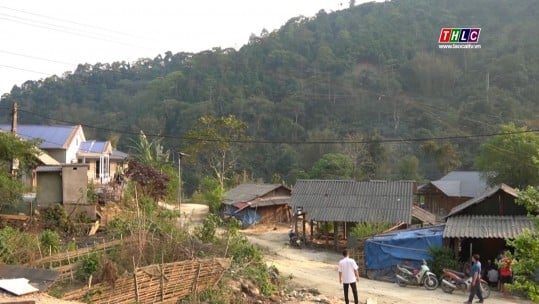

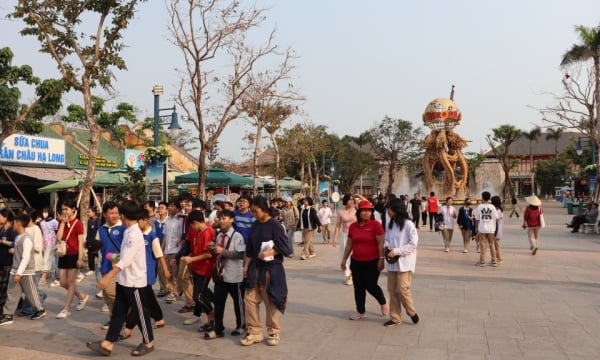
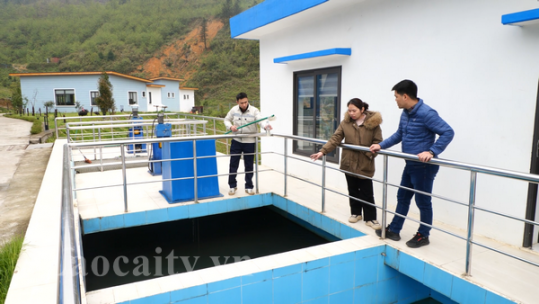

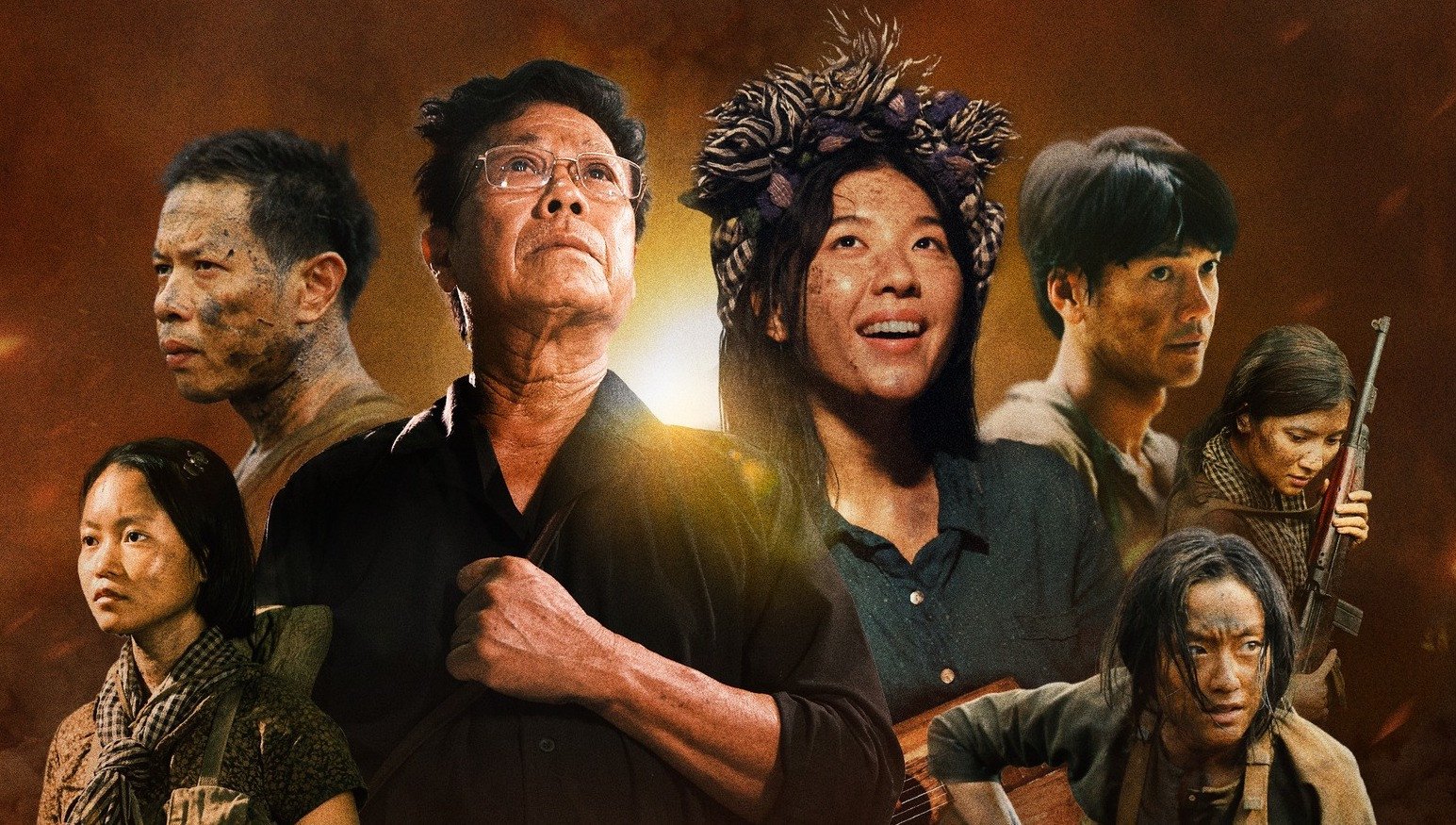
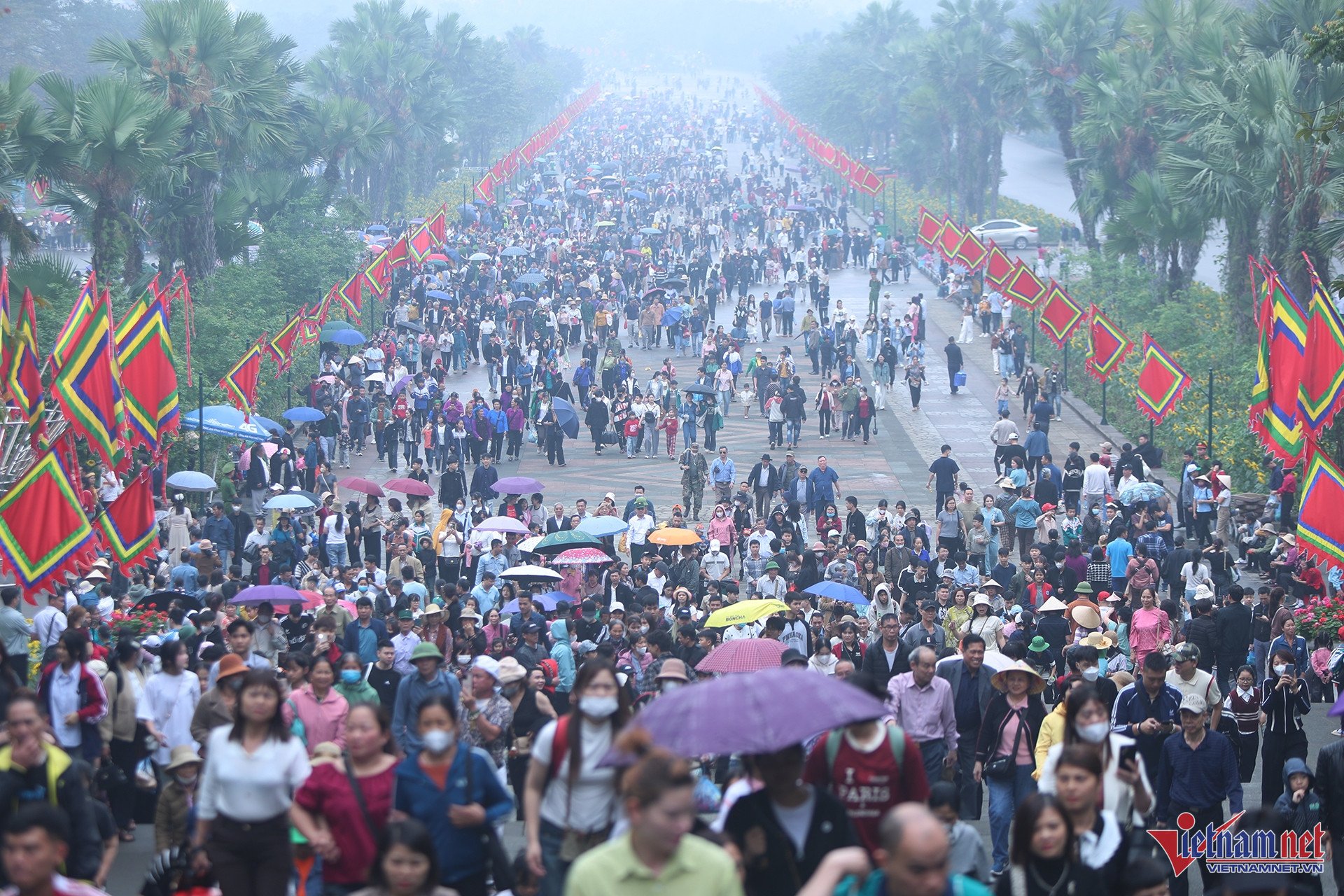

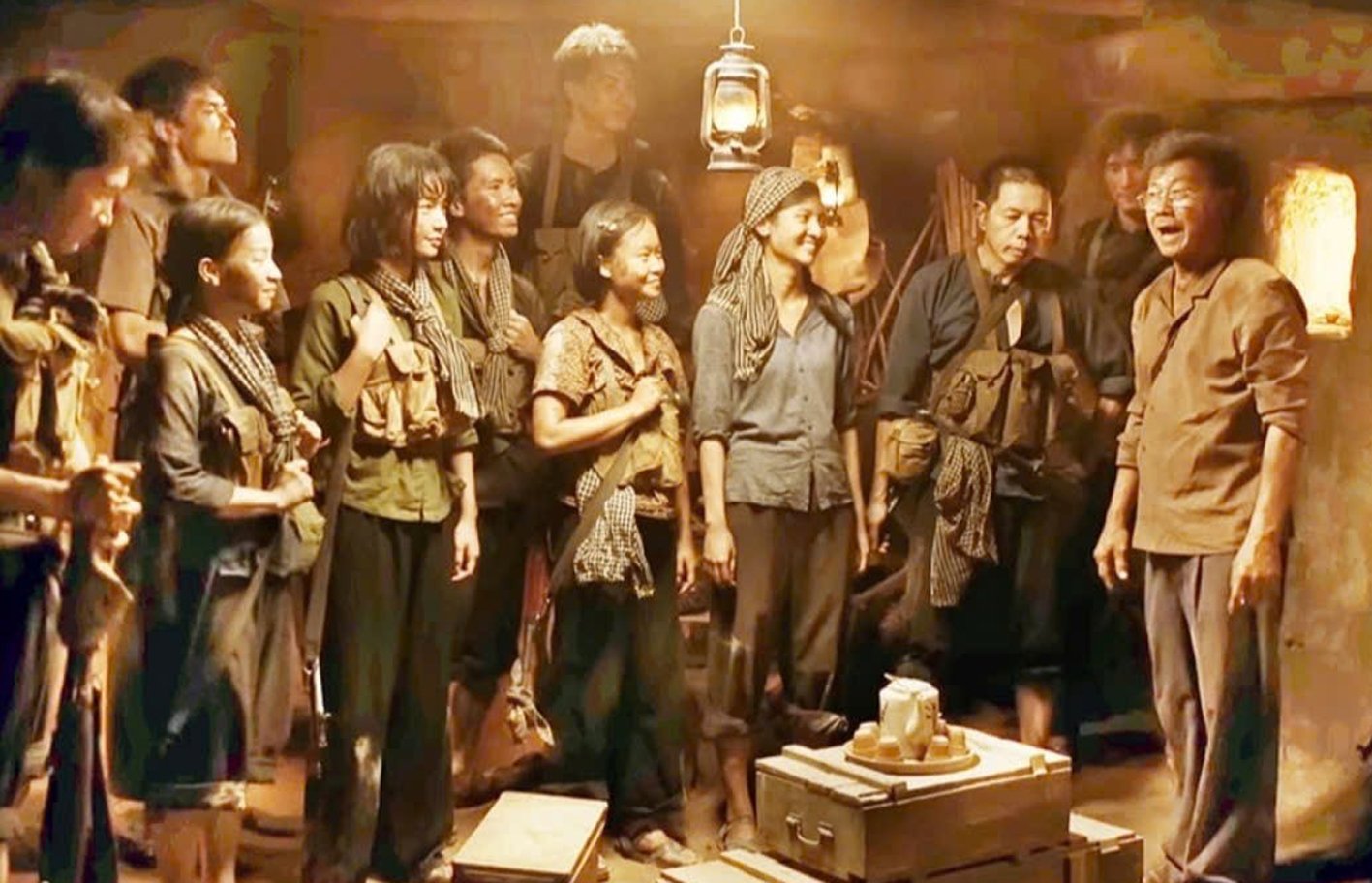
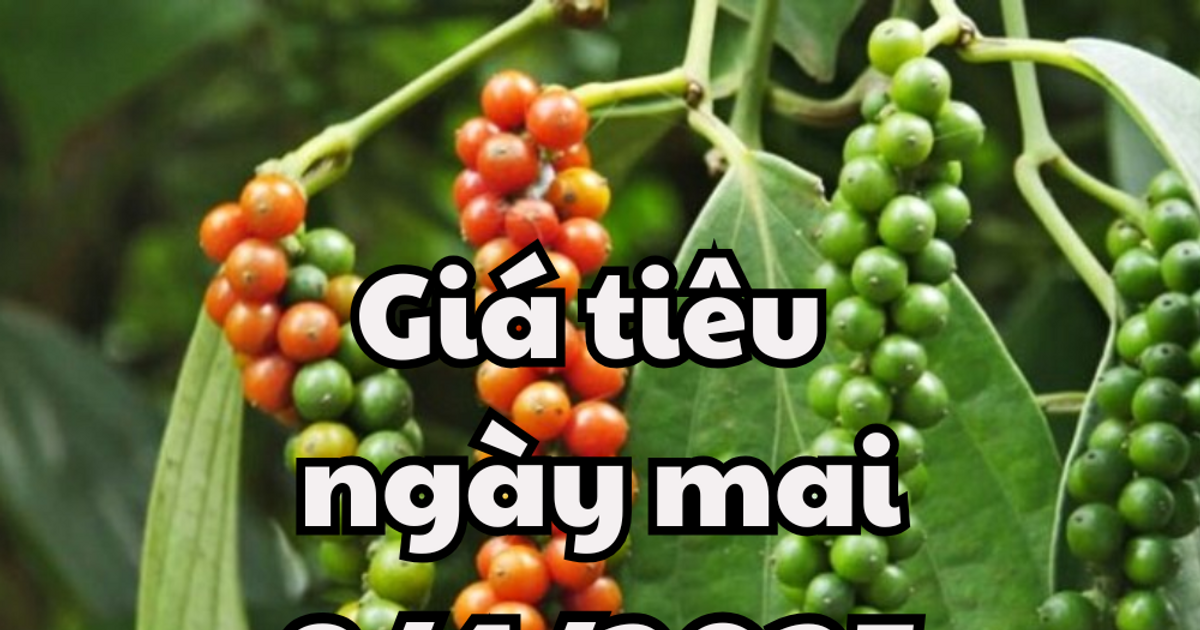

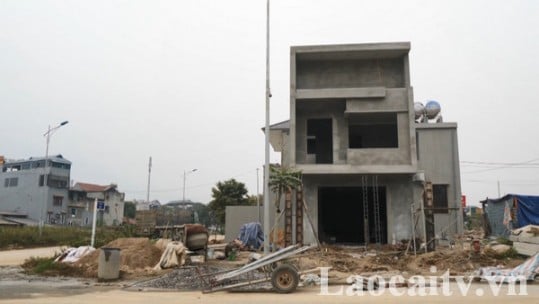

![[Photo] Prime Minister Pham Minh Chinh chairs the regular Government meeting in March](https://vstatic.vietnam.vn/vietnam/resource/IMAGE/2025/4/6/8393ea0517b54f6791237802fe46343b)
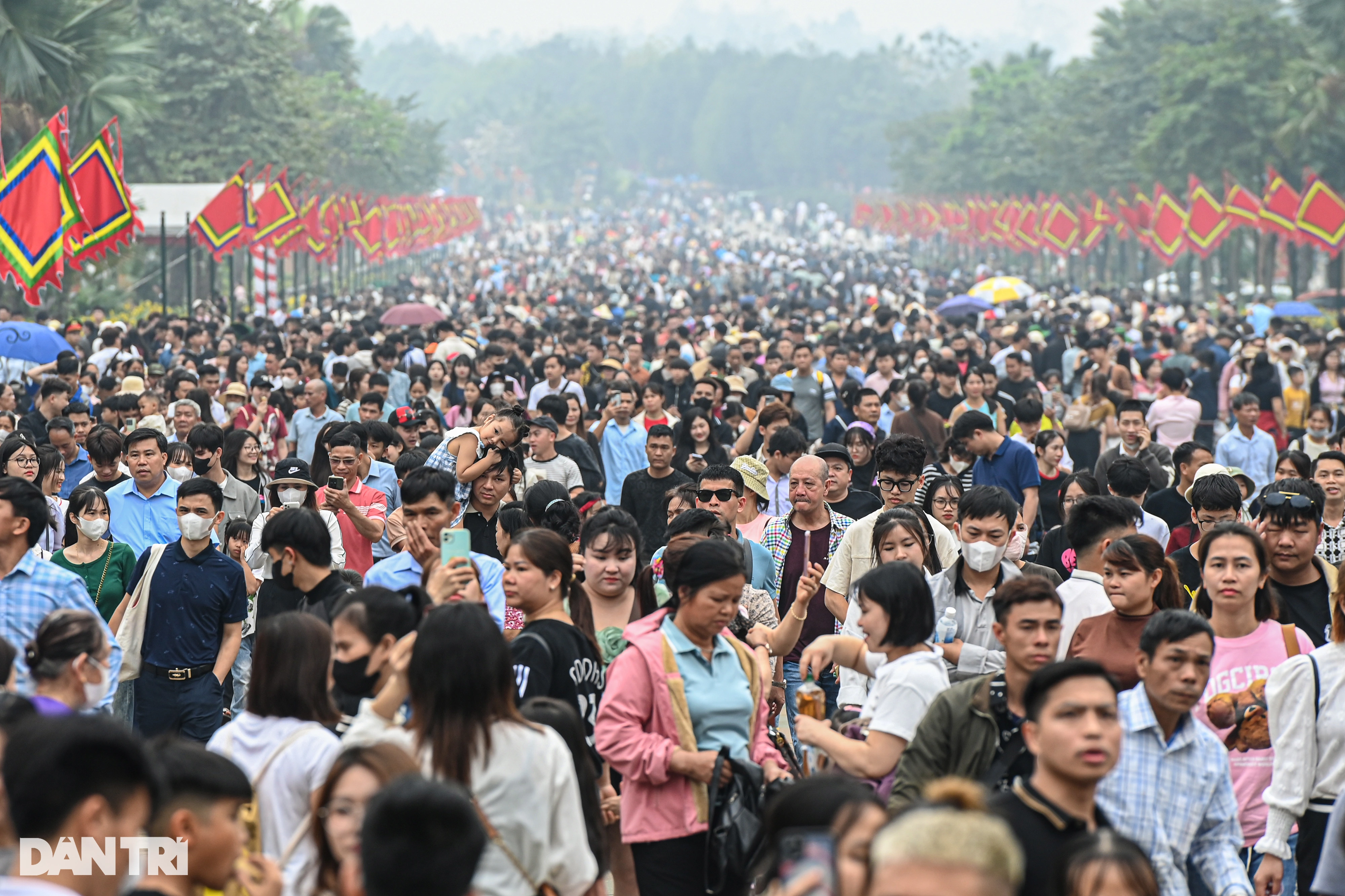

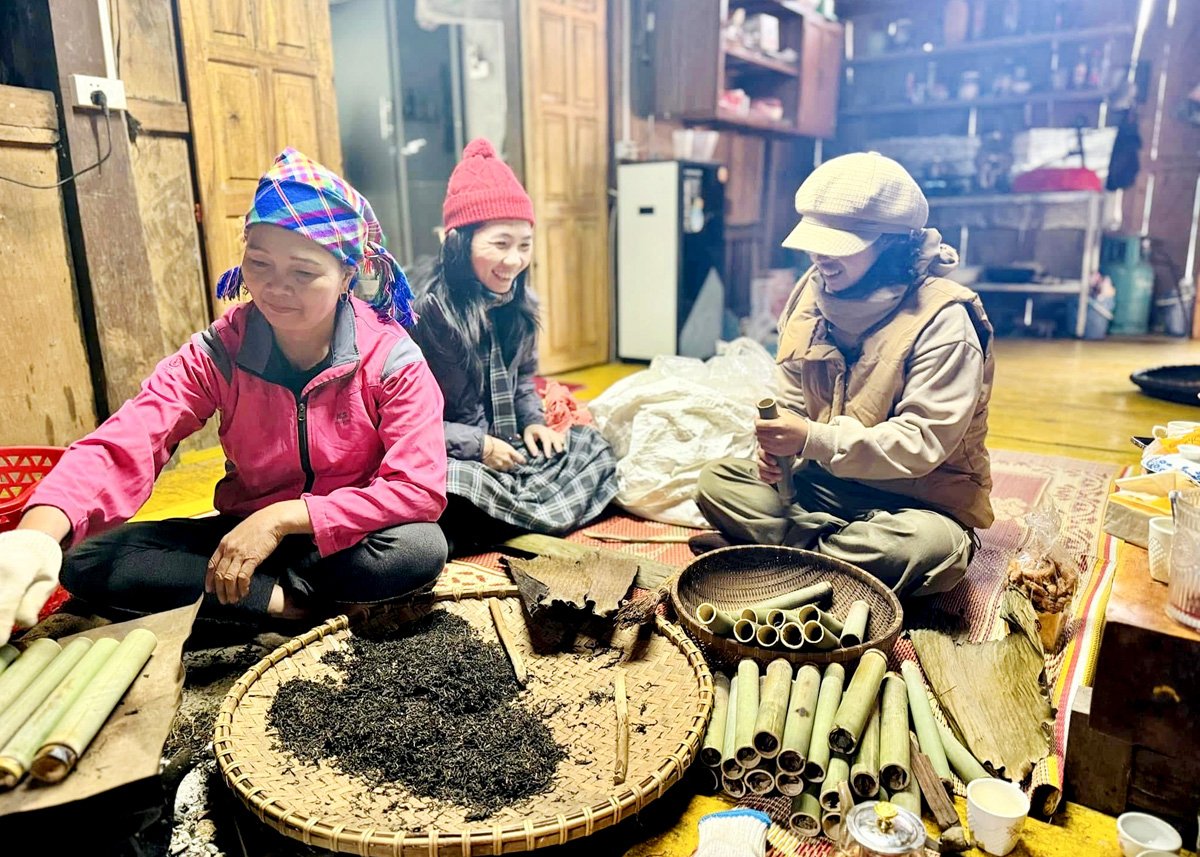

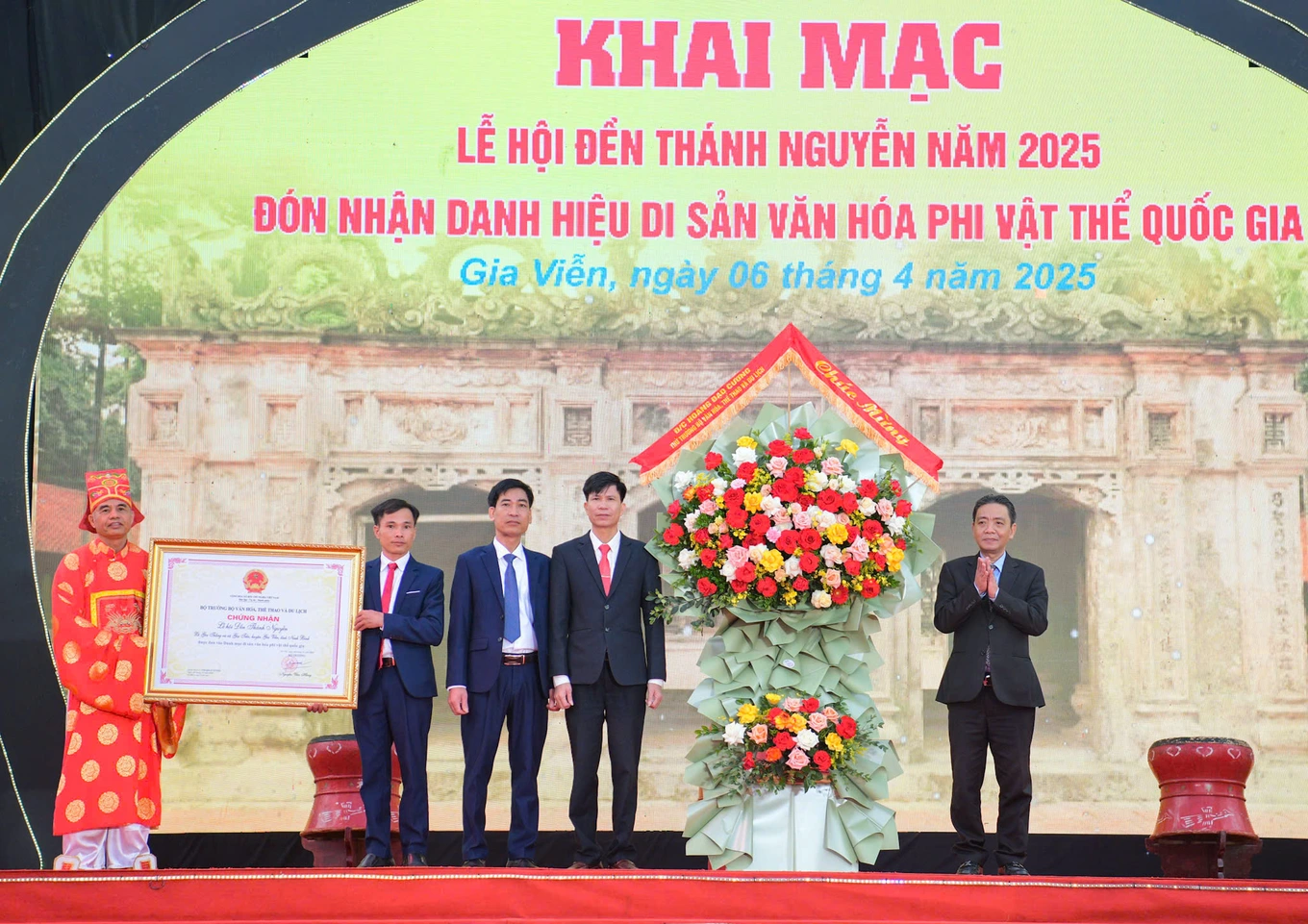



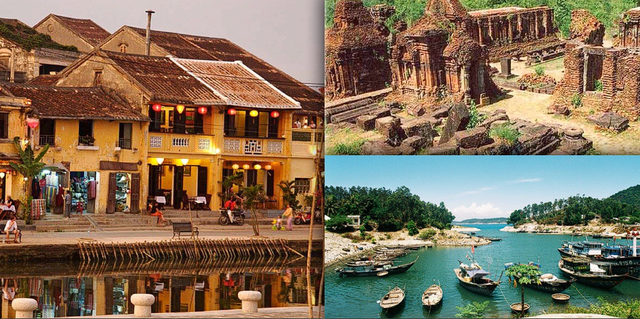
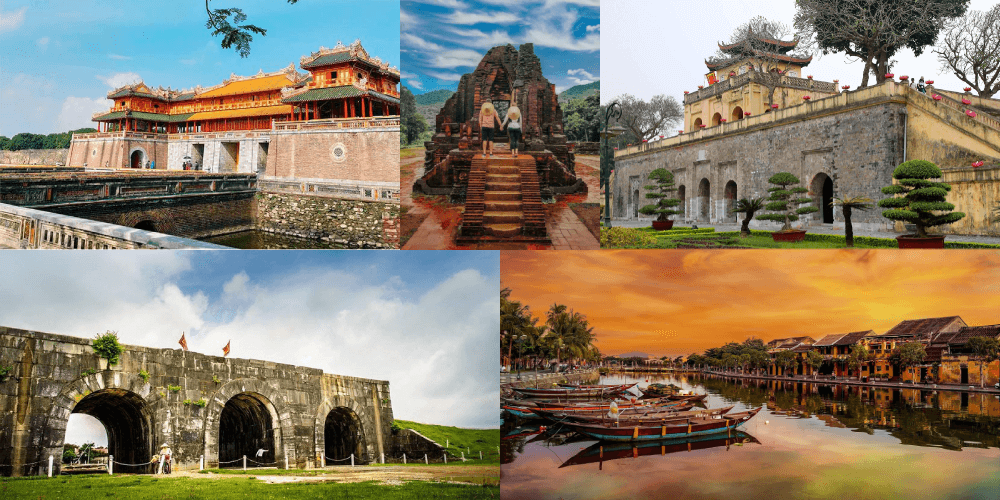



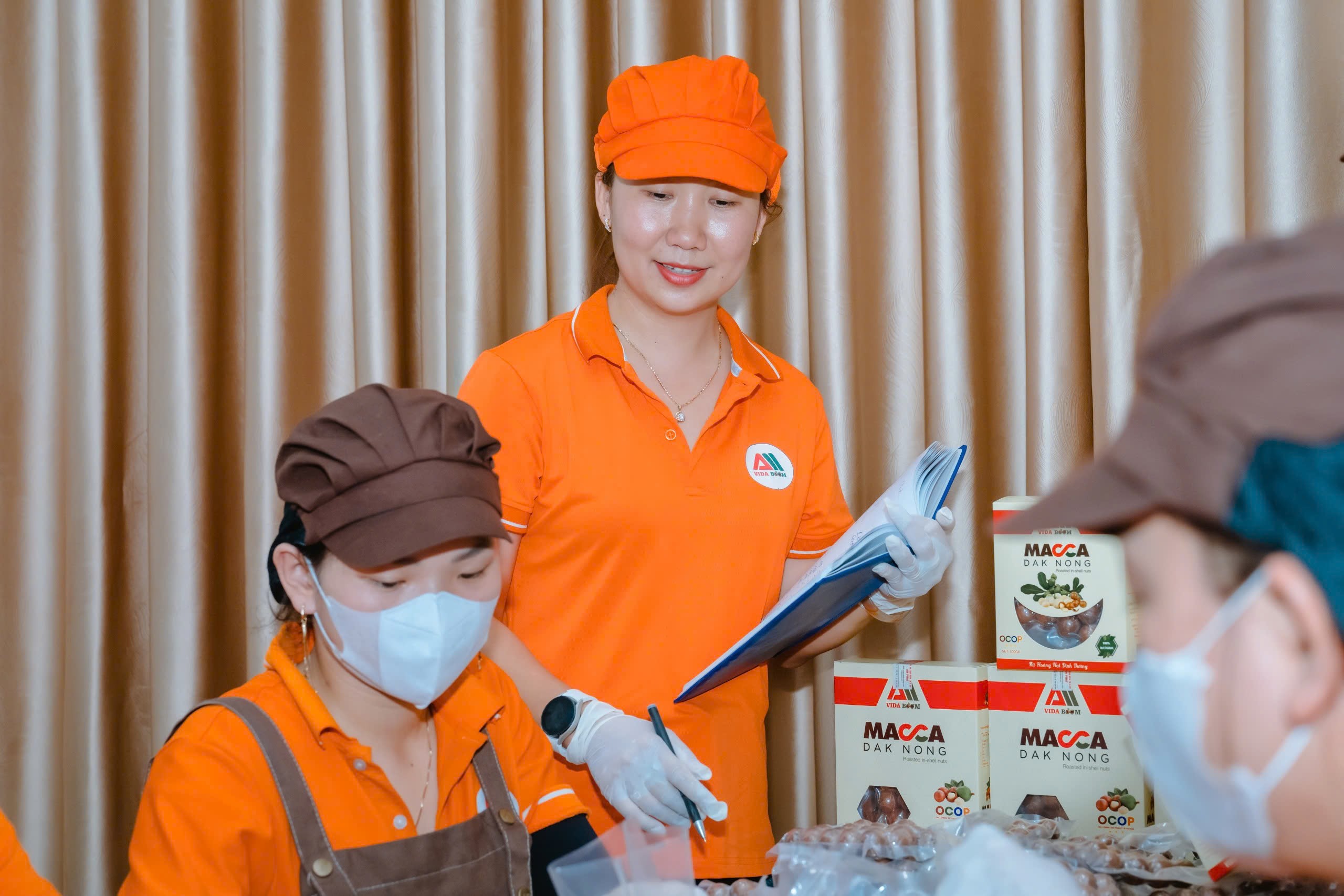

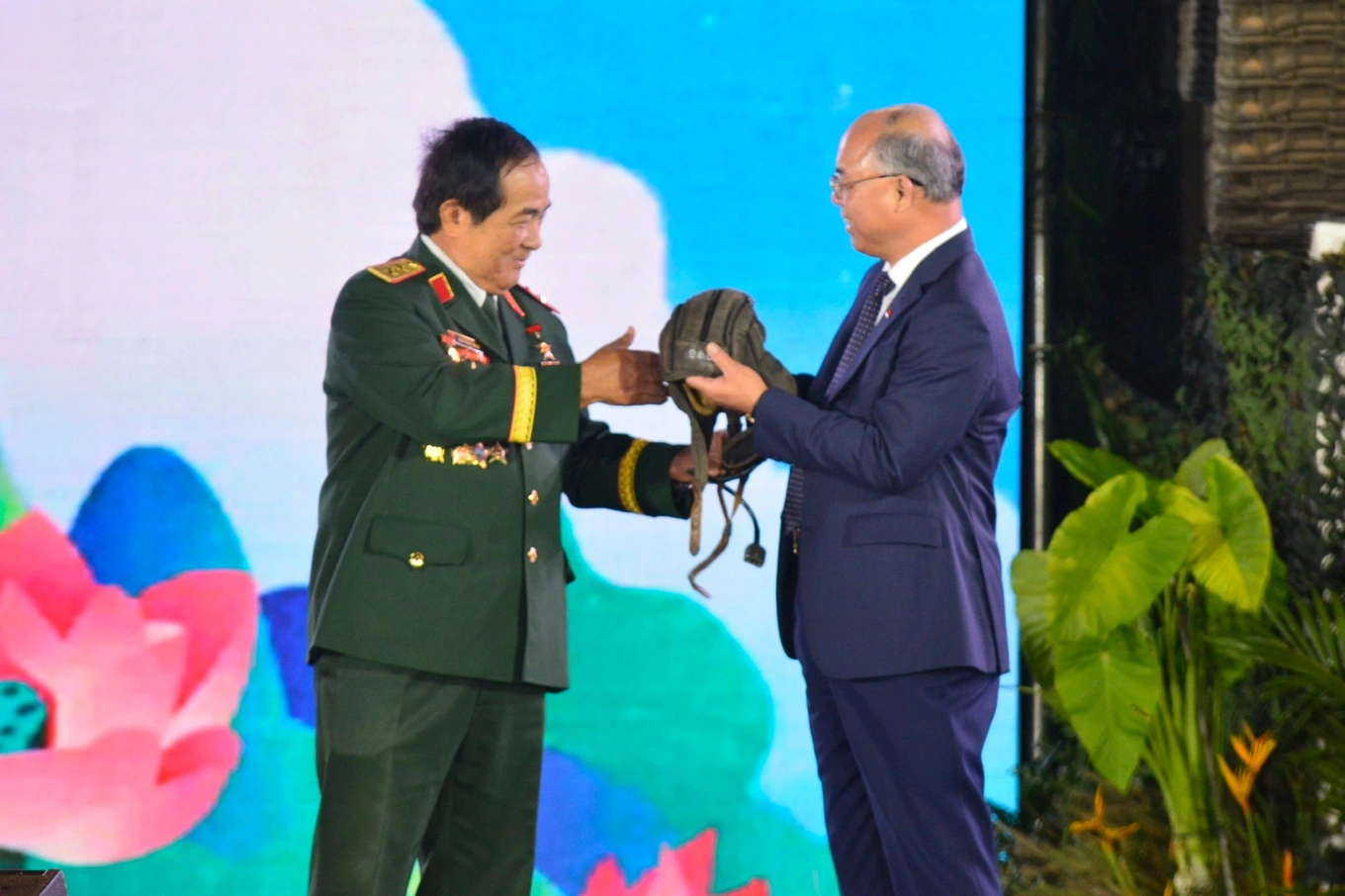
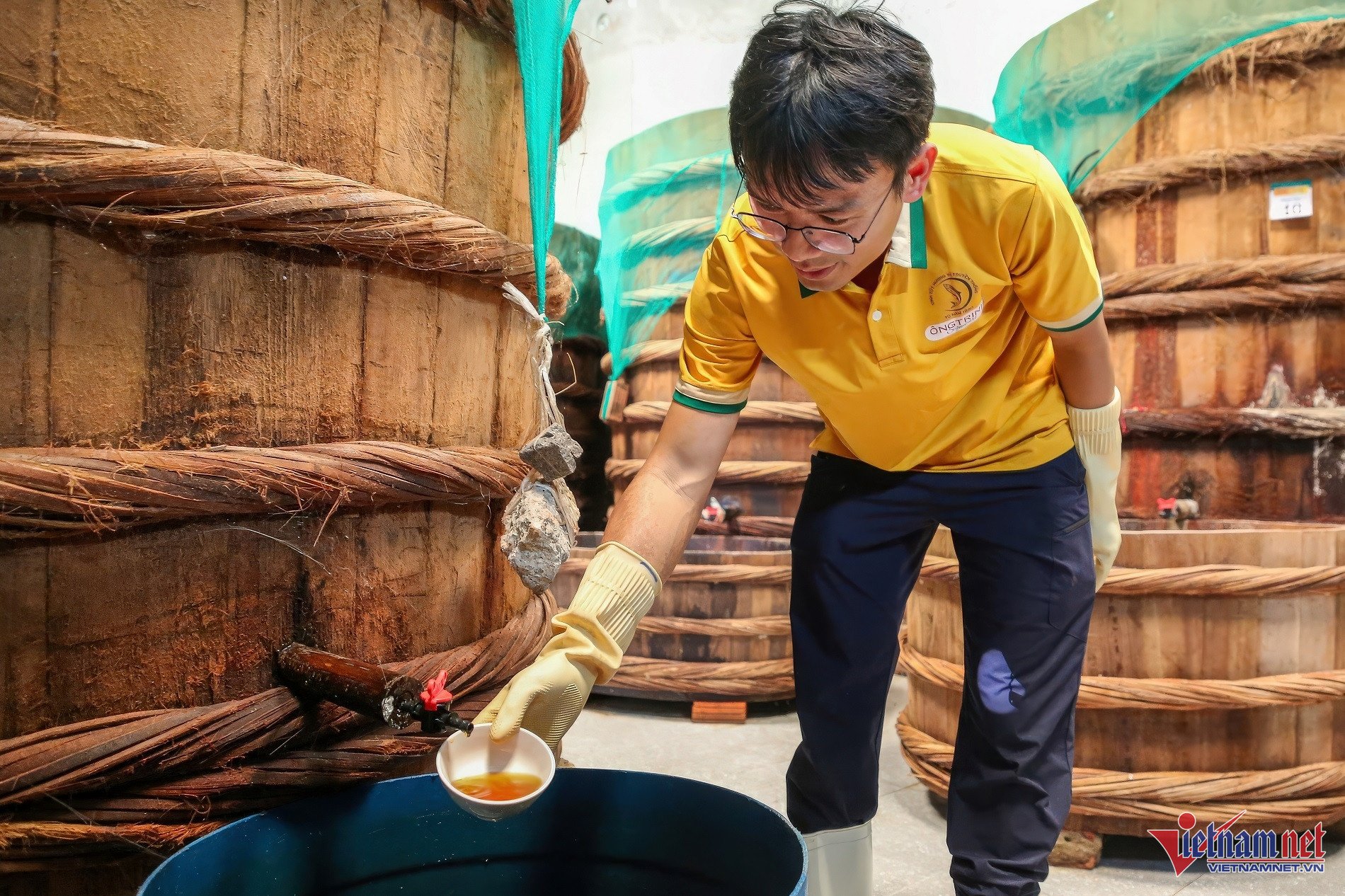

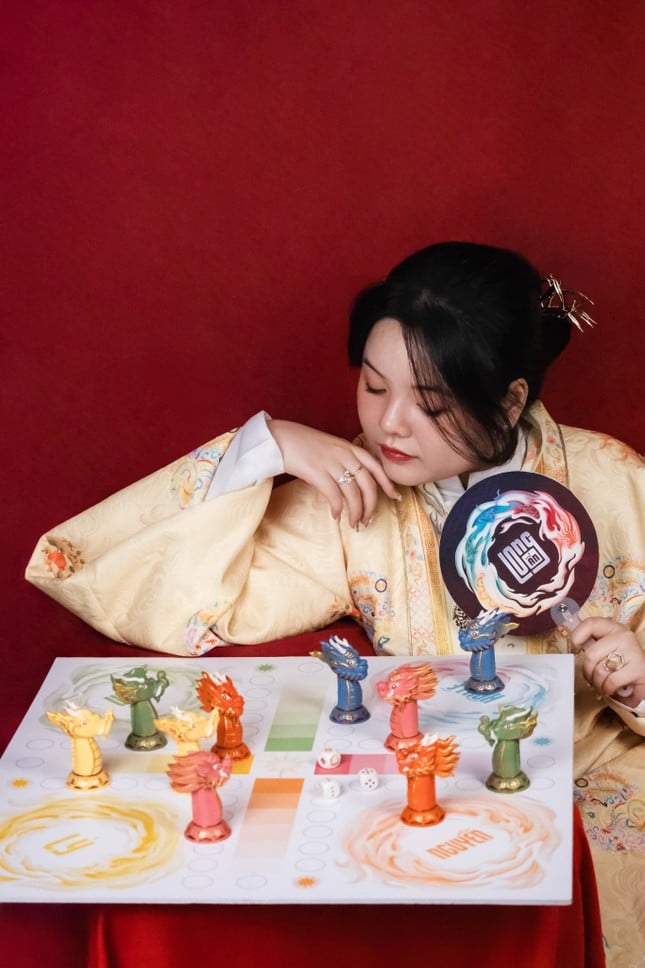

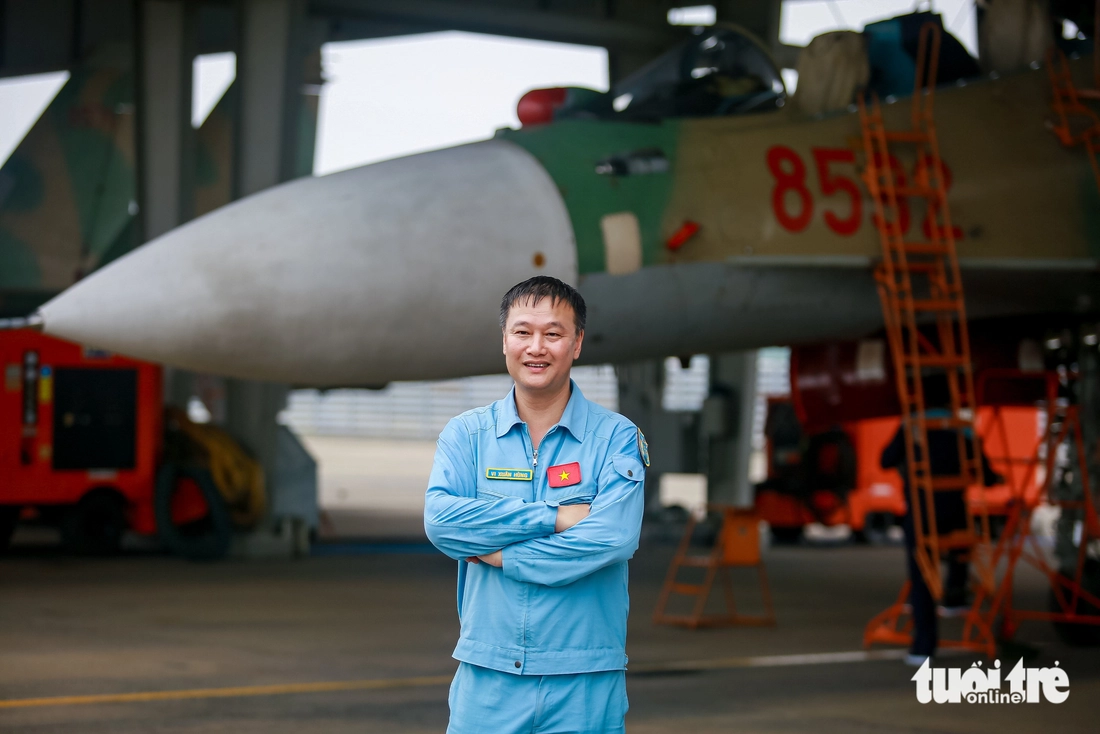

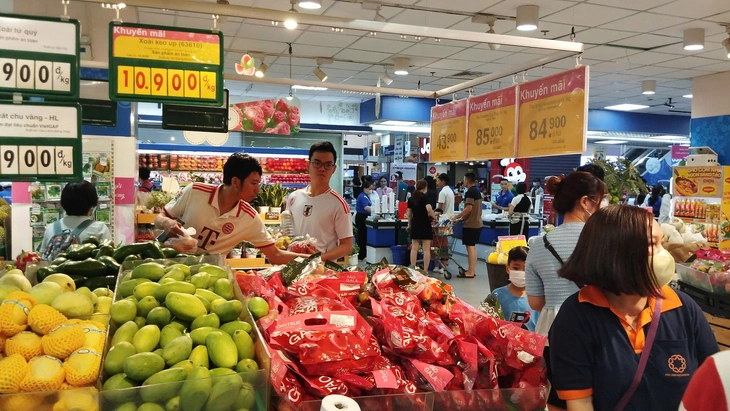


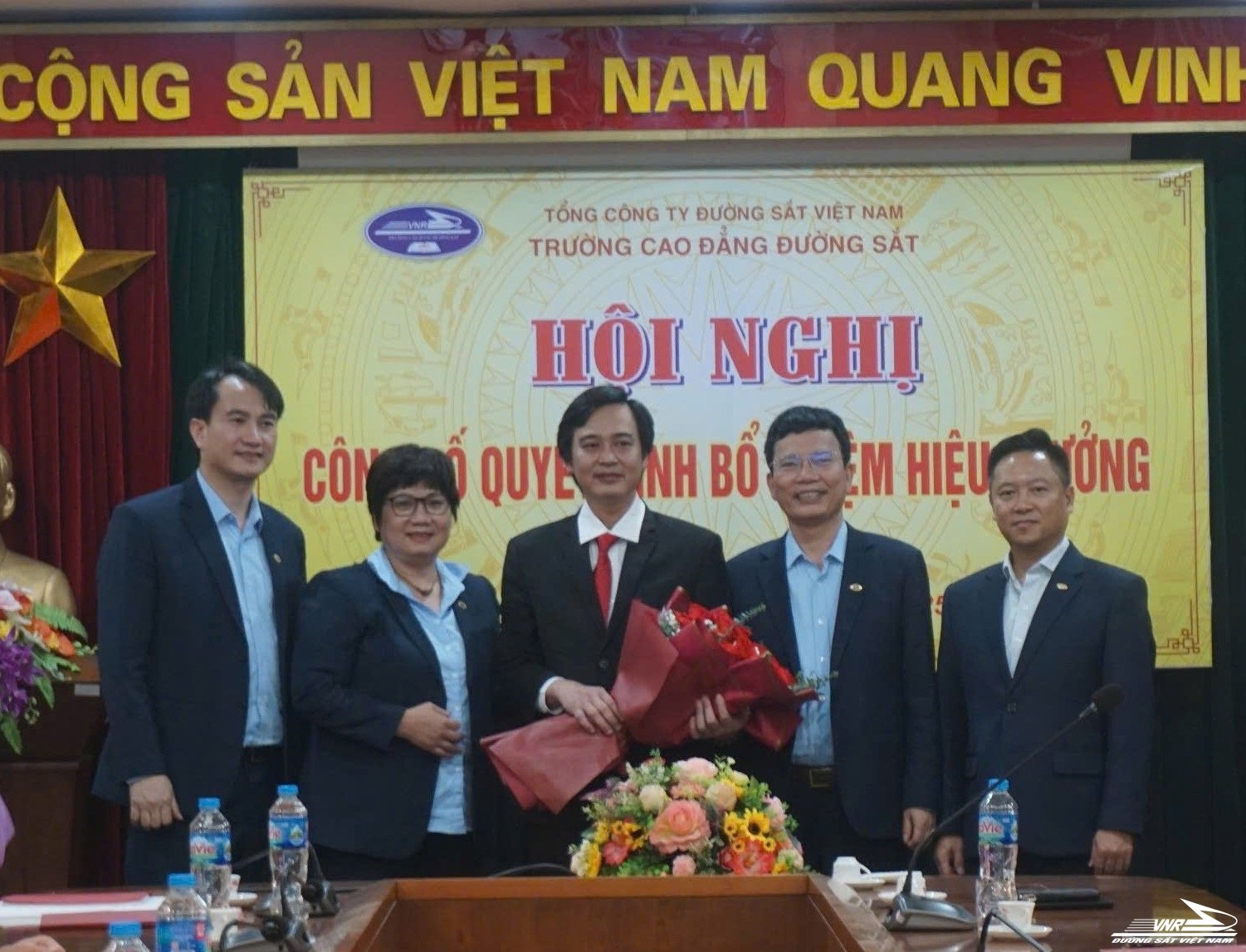
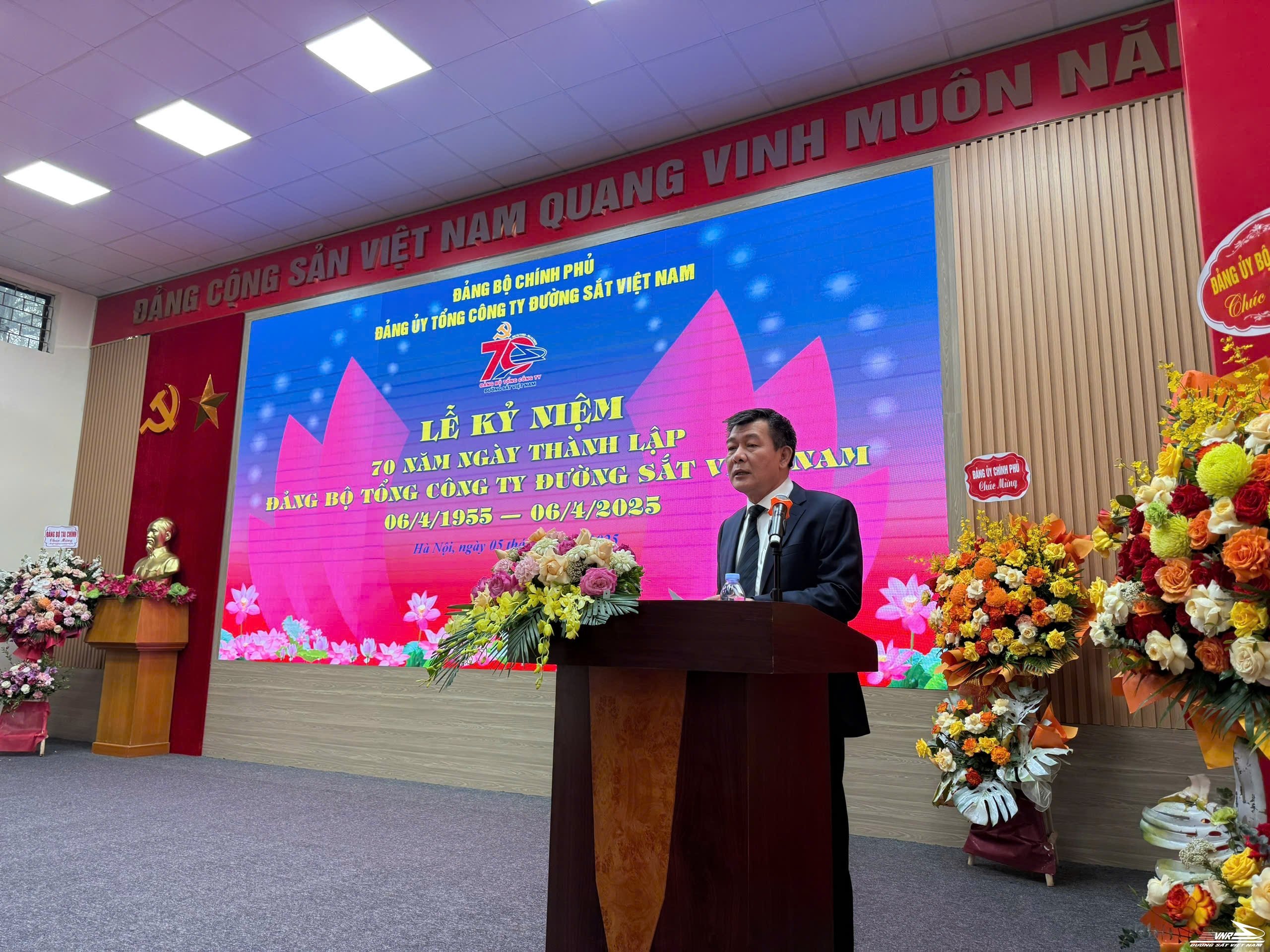


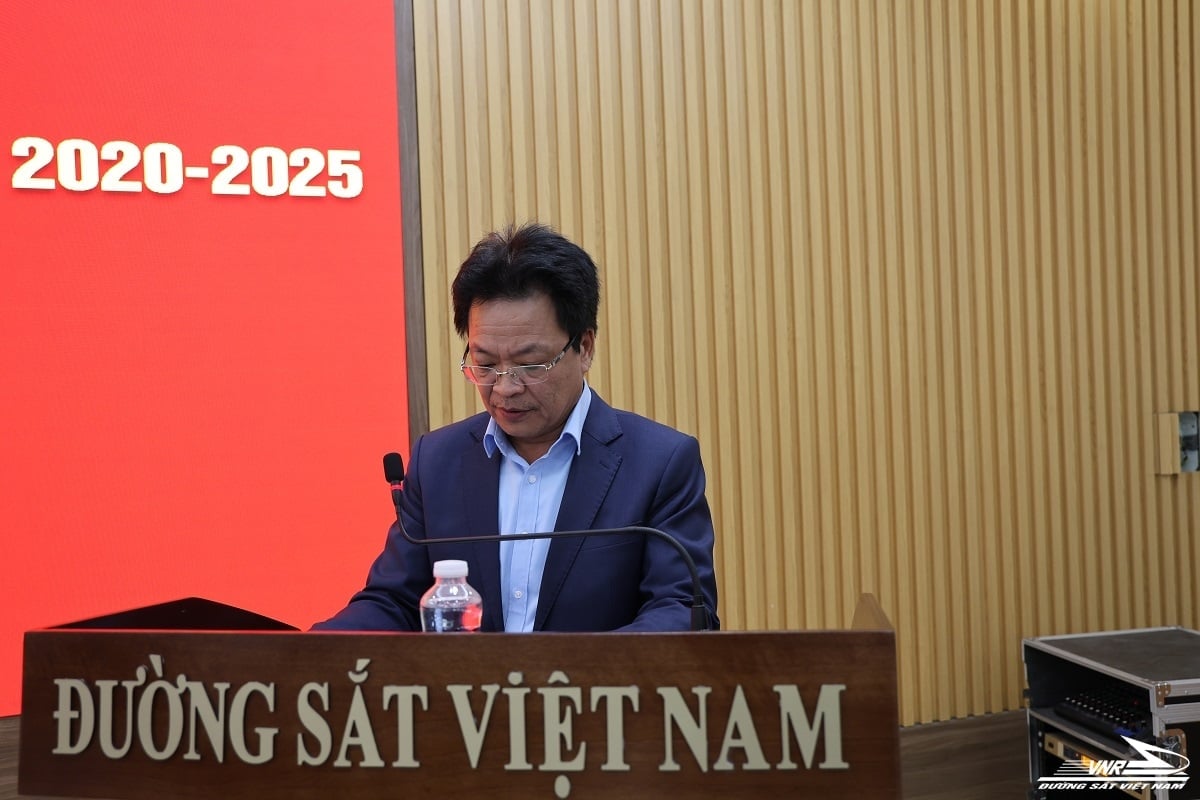
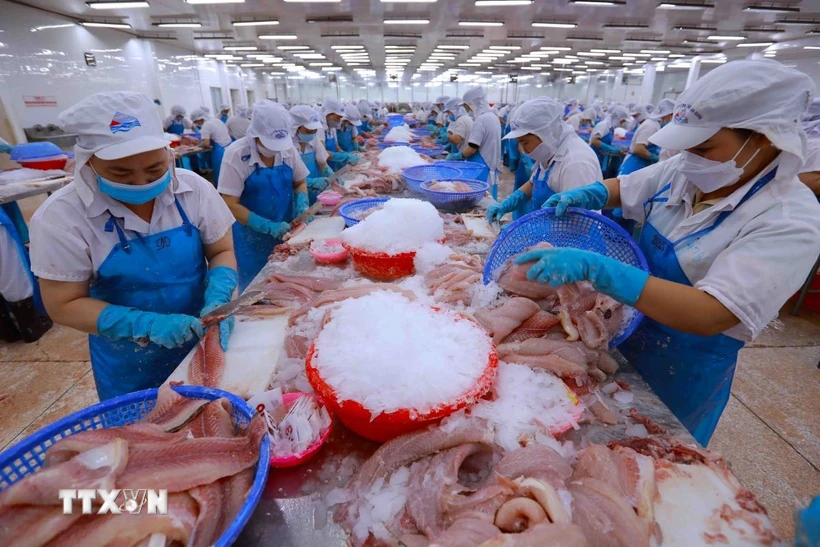















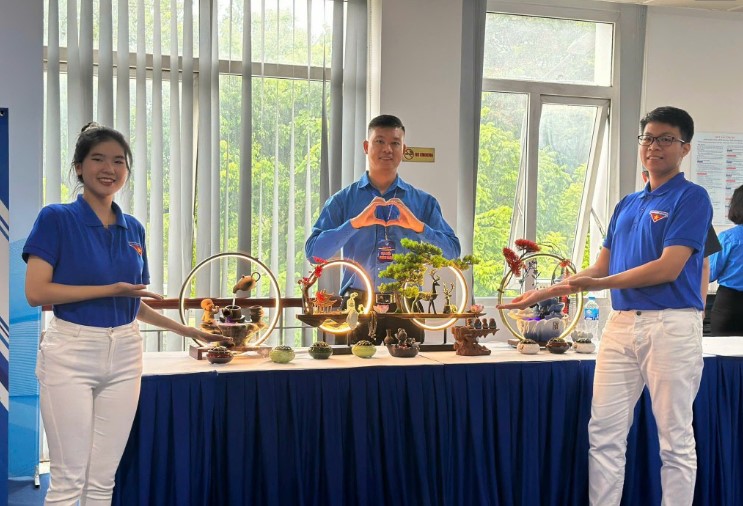
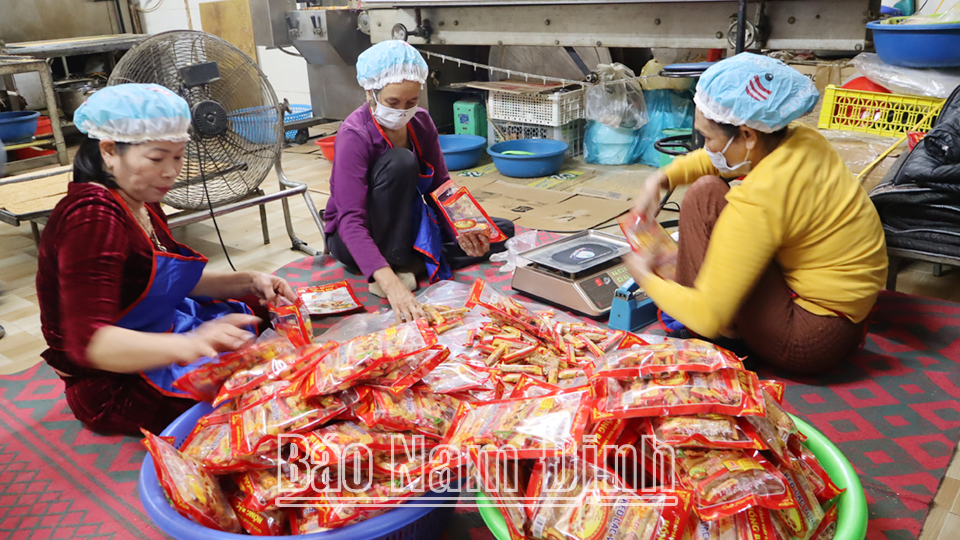





Comment (0)